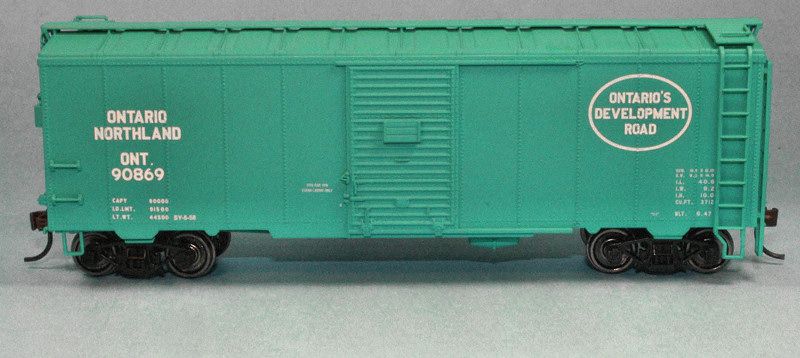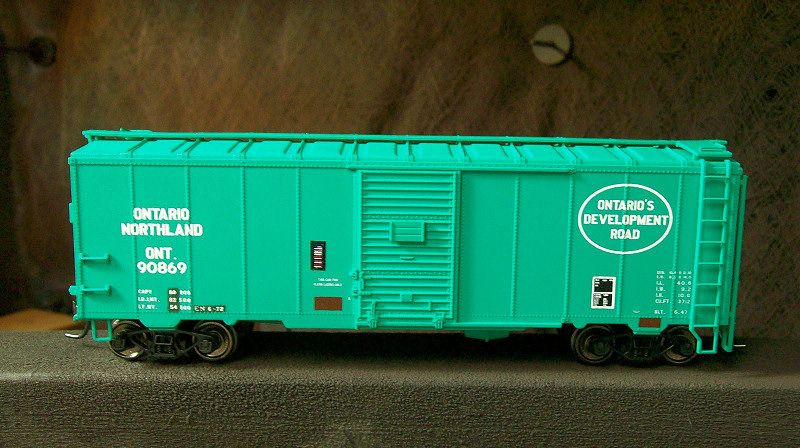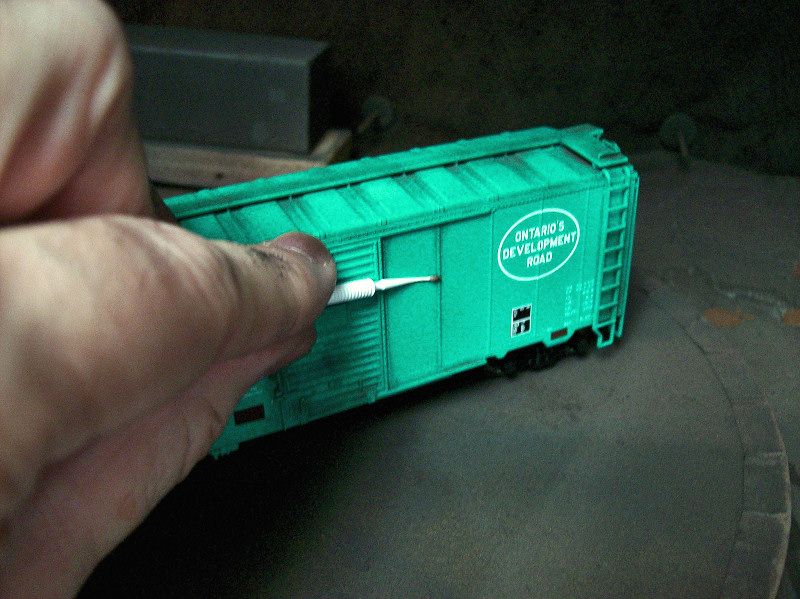After many years of lingering here on the MHR forums, I thought the time was well overdue to start to contribute something to the community and start a blog. The focus will be on my trials and tribulations towards period modelling of the 1970’s decade. Ya, the decade most railfans would like to forget. It wasn’t the disco balls and bell-bottom jeans, so much, as the declining state of the railway industry that tend to make people turn their noses at the decade. That and, well, the lack of steam engines means the transition era will always be more popular among hobbyists.
But there’s one big attraction to modelling the 70’s, the variety of road names and colourful paint schemes is almost unmatched when compared with any other decade. Fallen flags like the NYC, PRR, Wabash or Nickel Plate only got merged out a decade earlier, and their rolling stock was still plentiful in interchange service. And then there’s the roads that were still around, like the Lehigh Valley, with an almost uncountable number of paint schemes that adorned their locos and rolling stock. For those who model the 70’s, there’s a certain “coolness” in all that colour on the rails.
And speaking of colours, what better way for me to start than with ageing and weathering a jade green boxcar. Aside from the 60’s and 70’s, in what other decade did the railways paint their cars jade? And for good reason it turns out, jade green seems to really bring out rust and grime worse than any other paint, even white (SOO proved white could work). However for a few wonderful years; NYC, Great Northern, Penn Central and Ontario Northland painted their boxcars jade.
Ontario Northland? Yes, in 1958 the ONR decided to switch their boxcar scheme from typical boxcar red, to jade. The period only lasted 4 years, as the ONR changed their image again to their more memorable “Progressive Green” (a darker hunter green) scheme with the stylized ON logo.
To start the project, I begin with this wonderful ONR jade painted car produced by True Line Trains. This is a great model of the ONR’s distinctive 10’0” interior height 40-footers, all of which were built by National Steel Car (Hamilton Ont) with their distinctive “waffle pattern” NSC-2 boxcar ends.

The problem with jade green cars is, well, you almost need sun glasses when you pull them out of the box. Great model, but boy that’s bright when you put in on your layout. We need to age this one 20 years pronto!
First step to bring it into the 1970’s era is to add lube plate (those black rectangles with white borders) and ACI label (the multi-colour ‘bar-code’ by the door) decals. I’ve also added a few brown paint patches using boxcar red decal paper (available from Microscale). The final bit of realism was to patch out the weight-date information and re-stencil the data, done in darker “Progressive Green” paint, and stencilled from the ONR’s Englehart yard weight scale. I used a spare dry transfer set I had lying around for the re-stencilling.

Next, we start making the boxcar dirty. Weathering can be personal, in that everyone seems to have their own favourite methods, so please don’t take away that my method is the only one. However I do highly recommend that potential weather’ers out there look at some prototype photos beforehand. The internet is great for this. You’ll soon notice there are definite patterns to where the dirt collects on any car type. For boxcars the grime collects in between the side panels, behind the ladders and grab irons, streaking down from the roofline, and of course the road dirt that collects along the bottom of the car. Turning to the roof, any raised panels usually stay relatively clean, with all the dirt collecting in between panels.
Armed with this knowledge, I attack the boxcar with various coloured rust chalks applied with a microbrush to the appropriate locations. The beauty of these chalks is they can be cleaned off again if you’ve overdone things.

Satisfied with my finer dirt applications, the next step is to apply road grime and general grunge with an airbrush. Primary focus is the underbody and a bit more to the roof. And weather those trucks! Shiny black plastic is not an appropriate look for rolling stock trucks. My “grunge” formula is a highly scientific mixture of any flat black, rust, dust, or dirty paint colours I find hanging around the spray booth, mixed in whatever combinations until the resulting concoction looks, well, grungy.
Like I said, highly scientific. 

Well it looks good to me here in the spray booth, so lets see what this looks like on the layout…


Mission accomplished. The car looks used but definitely not abused after it’s last visit in the ONR’s paint shop some 20 years prior. And most importantly, I can put away the sun glasses now when I see this gem rolling along in a freight.
CP Sudbury Division Modellers: http://www.wrmrc.ca
